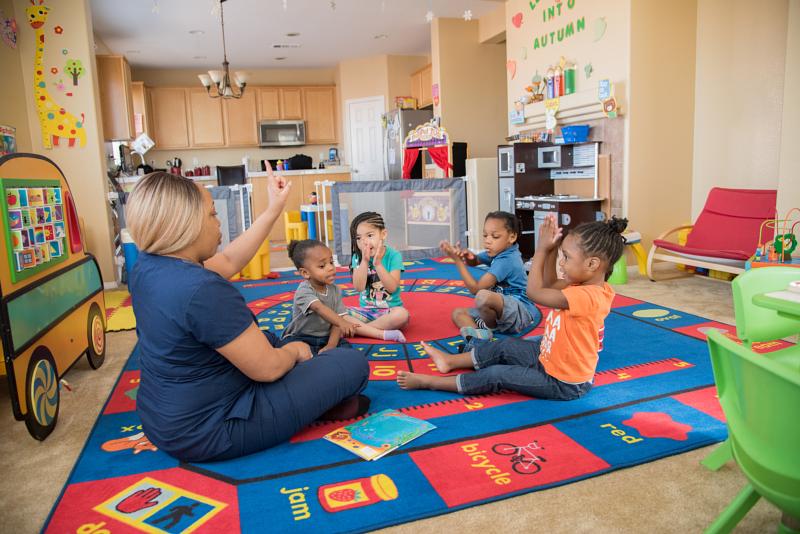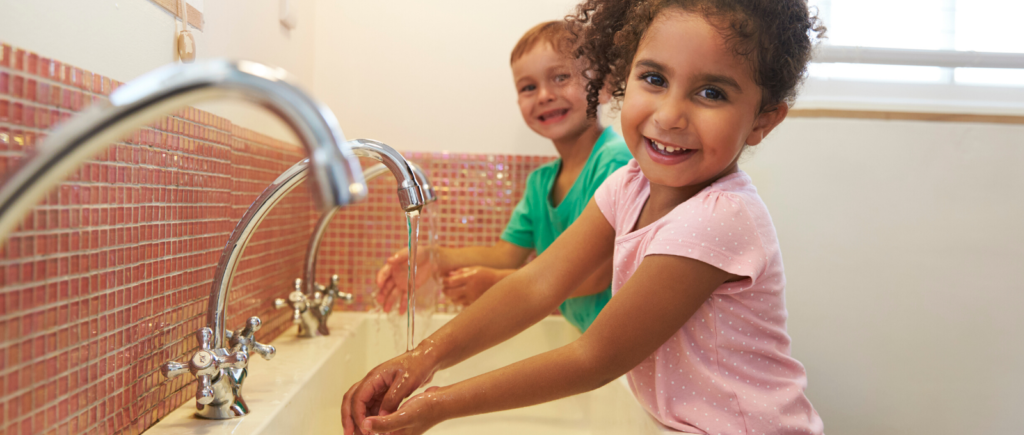Structuring Daily Routines and Transitions (use for a different course)

Why Routines are Important
- The predictability of routines helps children to learn what is expected during different activities and how to behave during those activities.
- When routines, such as mealtimes, nap times, separating from a parent, and toileting have built-in consistency, children learn to behave in a way that is appropriate for the routine.
- Daily routines provide wonderful opportunities for children to learn more about themselves, their environment, and other people.
- Children’s learning occurs in informal activities as much as informal instruction. Hand washing, toileting, mealtime, and naptime are some of the many daily routines and are repeated throughout the day.
Image-by-Gerd-Altmann
Because of the regularity and predictability of routines, they are often carried out in a manner that may not take advantage of the natural teaching opportunities they present. It is easy for them to become – well, boring. Routines can become learning activities when some time is taken to plan for what might be taught during such routines.
As children develop, routines also need to change to match the child’s level of development. For example, new songs and games may be introduced, and talk can become more complex. It is important to build opportunities for flexibility and occasional surprise into routines and activities so that children find them new and interesting.
Here is one of my favorite people.. Dr. Jean helping you spice things up a bit!
Even though some transitions are necessary, teachers can do their best to minimize transitions and keep children engaged during transitions.

First, ask yourself: Are all of these transition times necessary?
For example, the importance of small-group time was mentioned above. But, this does not mean that small-group time needs to be a separate block of time in the preschool day.
Instead, you could make children’s free-choice time longer and include small-group activities as choices within the free-choice time period.
That would allow you to eliminate the transition between free-choice time and small-group time.

Next, ask yourself: Must all of the children do the same thing at the same time during transitions?
For example, consider the transition between large-group time and snack time.
Instead of sending all the children to wash their hands simultaneously, perhaps you can send a few children at a time to wash their hands while you keep the rest of the children engaged with songs or discussions. Then, when a child returns from washing hands, they can tap another child on the shoulder to indicate that it is the next child’s turn to wash.
Some children engage in these routines with no problems. Other children have a harder time. There are things you can do to help all children make the most of these daily routines.
First, you need to think carefully about what you want children to do. Think of a routine like morning arrival. What exactly do you want children to do when they enter the room?
For some teachers, the answer is: Come in quietly and get started. Unfortunately, this kind of answer doesn’t give children much information. What does it mean to “get started?” Think about this sequence instead: Sign-in, put coat in cubby, wash hands, and find a quiet activity in an open interest area. Adding a visual for this routine will also be an excellent tool.
Do you see how these details could help all children be more successful?

This is not a one-stop and done. You will need to take some time to think about your own classroom schedule and routines and how well each day flows.
Ask yourself:
- Do you experience challenges with particular parts of the day?
- Which parts run smoothly and which are more problematic? For example, perhaps the arrival routine runs really well in your classroom, but children are restless and squirmy during large-group time.
- What makes some parts of the day especially difficult. What do those daily “trouble spots” have in common?
Photo-by-Cookie-the-Pom
Any time you have questions you can not answer talk to your director, email me, or research online until you find your answer! For now let’s move on to
